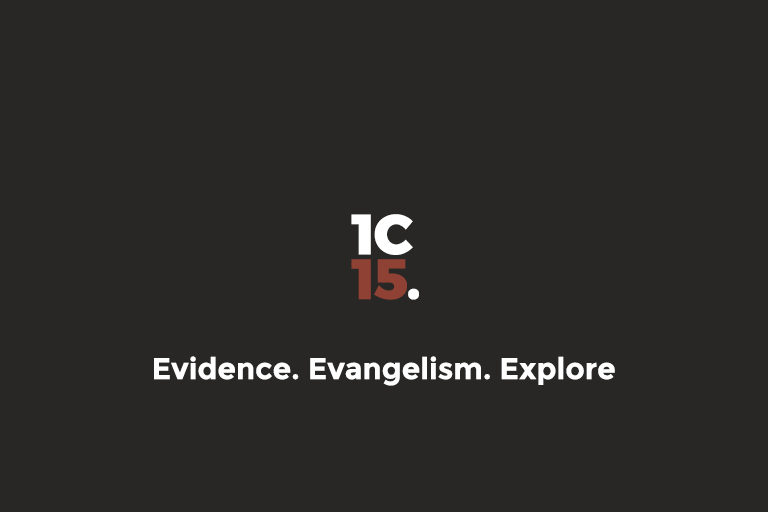Organising the results

Is there any rhyme or reason to this collection of bizarre experiences? Can they be organised into observable and monitorable data? A wide collective of researchers have gone far beyond the odd account here and there. There are now numerous, large studies which have quantified data and devised ingenious methods to check out the results. These systematic studies lend increasing credibility to the claim that near-death experiences are not freak, haphazard events.
Karlis Osis & Erlendur Haraldsson
Osis & Haraldsson are both psychologists were some of the initial researchers to scientifically document the results of near-death visions and experiences. They started by sending carefully constructed questionnaires to thousands of medical doctors and nurses, they categorised minute data on over 1,000 reported incidents, more than half of them from India, with the remainder form the United States. With intense detail, they present their research data through graphs, charts and tables. In this report they address: chief features of NDEs; characteristics, status of medical patients who experienced them; mood elevation in these people prior to death. [1] Osis & Haraldsson address as a result, concerns to do with medicinal drugs/high fever on patients who were near death; presence of unconsciousness; diseases/hallucinogenic possibilities, all carefully factored into their study.
Kenneth Ring
Ring did some research on quantifying NDE research which included the creation of an extremely detailed interview schedule and questionnaire. [2] His research helped distinguish features such as stages in the NDE, various causes, how close the individual was to actually dying, how it correlates, and qualitative considerations. He also uses many charts to make clear these findings. Ring also, as an additional credit, was one of the first to focus on the effects of the experience on the patients themselves rather than just what immediately happened to the individual.
Michael Sabom
Cardiologist Sabom wanted to get NDE’s on a firm scientific footing like these other researchers. He was one of the first to document corroborated NDE cases precisely by citing the people reporting the experiences. As well as this, Sabom also devised a way to check for ‘non-experiences’ in order to ascertain the possibilities of mimicking the same types of corroboration.
He organised a process where he interviewed 25 control patients (with similar backgrounds to NDEs), all were seasoned cardiac patients (heart attacks/surgery of some kind). These patients would have ample time to observe instruments, procedures as well as watching televised examples of relevant techniques. Each of these were asked to imagine a medical team resuscitating an individual whose heart had stopped beating. 2/25 claimed to have no knowledge of the subject, out‘ even the remaining, 20/23 who attempted a description made one or more major errors in the reporting. 3/23 made no errors, but gave only limited descriptions. The conclusions are clear, far greater chance of error in those who hadn’t had an NDE vs those who did have an NDE (providing precisely accurate detailed of procedure). Sabom produced a series of reports and detailed graphs of the data covering descriptions of “transcendental” elements reported by each, and the number of overall characteristics of each individual. [3]
Melvin Morse
Pediatrician Morse devised 2 methods by which crucial data could be further checked, using control groups on each occasion, this time to ascertain if one actually had to be near death in order to have one off these experiences, and if natural conditions (such as drugs, lack of oxygen, hallucinations, stress or patient knowledge) could successfully account for these near-death experiences. Morse also have particular attention to reporting corroborative cases. [4]
All of these researchers have been keenly interested if naturalistic explanations can adequately account for the data [5] and we will go through these opposing theories, like in the case for the resurrection. But from what we know is that from the kind of scientific and psychological testing that’s been done, we can put a greater level of trust in evidential NDEs. We cannot ignore such experiences, they play an important role in establishing support for life after death.
Sources
- Karlis Osis and Erlendur Haraldsson, At the Hour of Death (New York: Avon, 1977)
- Kenneth Ring, Life After Death: A Scientific Investigation of the Near-Death Experience (New York: Coward, McCann, and Geoghegan, 1980) p 265-270, 275-279
- Sabom, Recollections of Death, Chapter 7; Michael B Sabom, “The Near-Death Experience: Myth or Reality? A Methodological Approach, “ Anabiosis, vol. 1 no. 1 (July 1981), p 44-56
- Morse, Closer to the Light, p 17-24, 40-42
- Moody, Life After Life, p107-120; Osis and Haraldsson, At the Hour of Death, p 187-204; Ring, Life After Death, p 206-217; Sabom, Recollections of Death, p151-178; Morse, Closer to the Light, p183-193


